One of the great joys of being an artist is the freedom to express yourself in any way you see fit – every unworked piece of pastel paper is a blank page ready for you to write your visual poetry on. There are universes to explore, unfettered access to everything that your imagination can perceive and no rules or laws you are compelled to follow. Indeed, the world of art is wonderfully bohemian, nihilist and anarchic – you are free to be a pirate, a priestess and anything in between. Given this unrestricted freedom to be anything you want, would it surprise you if I told you that every single one of us chooses to paint inside cages? These cages have many layers, are as secure as any jail or zoo enclosure and are prisons we all step inside willingly. Let’s explore a few of our cages.
The cage of ability
In the context of what the art establishment considers “good”, no individual is a born artist. From an early age we start to develop skills and abilities. When it comes to art, whilst some may be genetically predisposed to learn quicker – the more we practice, the better our skill becomes. From our early scribbles we develop and become better at drawing, colour use, tone, perspective, composition and mark making. Similarly, the more time and effort we put in, the better we understand where we can bend the rules, the more expressive we become and we generate the confidence to be able to innovate. You are never going to be a hyperrealist if you don’t put the time in to master drawing and similarly, you are never going to generate expressionist work if you don’t practice gestural mark making. In the words of the famous Spanish violinist Pablo Sarasate “For 37 years I’ve practised fourteen hours a day and now they call me a genius”. Your level of ability is one of the cages you operate within and it is a cage that you can make bigger through courses, workshops, training and practice if you wish to.
The cage of success and familiarity
When we start our journey in art, we discover a medium or media we like (for me soft pastels), subject matter that interests us (for me landscapes and seascapes) and a style that talks to us (for me light filled semi-impressionist). Because we relate to these things, we return to them again and again and eventually become comfortable operating in this space. After a period of time we improve, and receive positive feedback – maybe good comments or maybe we are juried into and then eventually placed in competitions. All this is a massive draw towards the familiar. In the end we may become accomplished in our area and develop a style – this style could equally be described as a cage. Some artists are comfortable operating in various styles and in different media – portraiture, landscape, still-life etc but in reality, these are just different cages willingly climbed into at various times. The following piece is very much in my “style” or “cage”.
The Cage of Art History
Art has been on a journey from those early cave wall depictions through to modern digital art created by Artificial Intelligence. As artists, some of what has gone before will have influenced us – we will have been exposed to the sublime, the hyperrealist, the surrealist, the post-modern, pop-art, impressionist, expressionist and a thousand other genres. Of course, we have not seen all art but merely what the Art Establishment and academia has decided has merit. Some of what we have seen will have touched our artistic souls, and will have provided a framework of context for our own art. This framework is the cage of art history. Every piece of art we produce will be viewed in the context of what has gone before.
Occasionally, a piece of mine will attract the comment “That’s very Turneresque”, which is very flattering and a huge compliment. However, this does create a massive dilemma for me. Am I painting in the cage of trying to be like Turner, equally if I deliberately steer away from this style am I just creating a different “non-Turner” cage – is what I do genuinely me? I would much rather people say oh wow, that’s very “Fulleresque” but, of course, I am viewed in the context of art history and I am unlikely to be game changing enough to warrant becoming a frame of reference in my own right. As such, I am working within the cage of art history and the perception of my art compared to the giants who’ve gone before. The two following pieces have attracted comparison to Turner’s style which has felt a double-edged sword for me. The cage of art history and its definition of “good” is one we all create within and similarly, a cage all our viewers look at art within.
These 2 pieces of mine have attracted the comment “Very Turneresque”
The cage of our personal history
The person we perceive ourselves to be is a complex and rich amalgamation of our life experiences. Similarly, the artist we perceive ourselves to be is a rich tapestry of memory, success and failure. As artists we are the sum of: the joy of a parent at our early fridge art, the feeling of worthlessness in front of an overbearing relation, the compliment from the art teacher, the unkindness of the bully, the rejection of our dream of becoming an artist in favour of a real job, the failed exam, the successful interview, the competition rejection, the gallery acceptance, the first sale, the troll’s comments on social media… and so on. In the same way that the same person cannot step in the same river twice so the artist is not the same artist two days running as our life experience and hence the person we are changes with each second. Our personal history, which of course is a unique thing we all carry with us and is often a fragmented patchwork of memory, pain and joy, is a very real cage that dictates who we are as artists.
The Social Cage
A society exists within a framework of rules, there are rules and laws that are written down and also unwritten rules. There are taboo subjects for polite conversation – here in the UK some no-go areas would be money, sex, death, religion and politics. These societal taboos extend into acceptable subject material and formats for art.
Adhering to these societal norms is a form of cage, albeit one that most artists are happy being within. Some artists don’t and their works are shocking. Francis Bacon’s screaming Popes and distorted figures are well outside of societal norms and the results of a google search for dark art may haunt your dreams for a while. Whilst shock art is obviously outside of societal norms, art in itself has a long history of pushing the boundaries of societal acceptance. Manet’s Olympia (1865), which depicted a prostitute gazing directly at the viewer caused outrage at the time and would be considered tame now.
The now revered impressionists were initially considered as using a vulgar palette and to be without the ability to draw. Indeed, the gestural post-impressionist Fauvists were literally compared to wild beasts and our own, exalted Turner’s early exploration of impressionism was beyond the grasp of some art critics of the time. Anyone who has pushed art boundaries – Pollock, Hopper, Dali, Warhol, Mondrian, Emin etc. has found themselves and their art outside of societal norms at some point. Conversely, art that was previously historically acceptable would no longer be tolerated today – earlier art (particularly religious art) was full of naked, cavorting children in the guise of cherubs. Depictions of naked children are unlikely to be tolerated in a modern context. The beheadings, maiming and violence of earlier art depicting mythological events may be considered tasteless now and graphic contemporary battle scenes also considered too jingoistic and imperialist. As artists, whether we like it or not, we paint within a societal cage – we choose the size of that cage, but it is always there. The following pieces are a few that I have done that may skirt societal norms.
The first 2 pieces are about death.
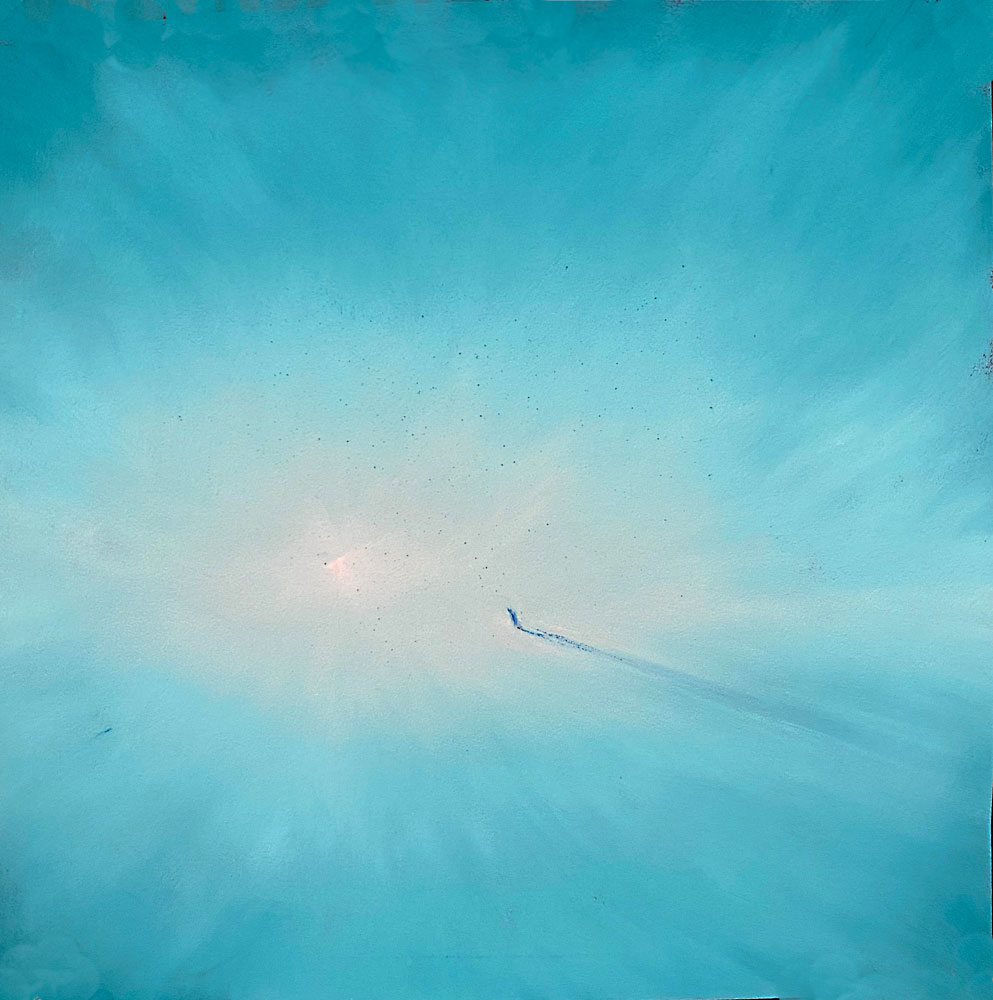
12” square
Unison Colour pastels on pastelmat
This next piece is a question on the validity of religious conviction.
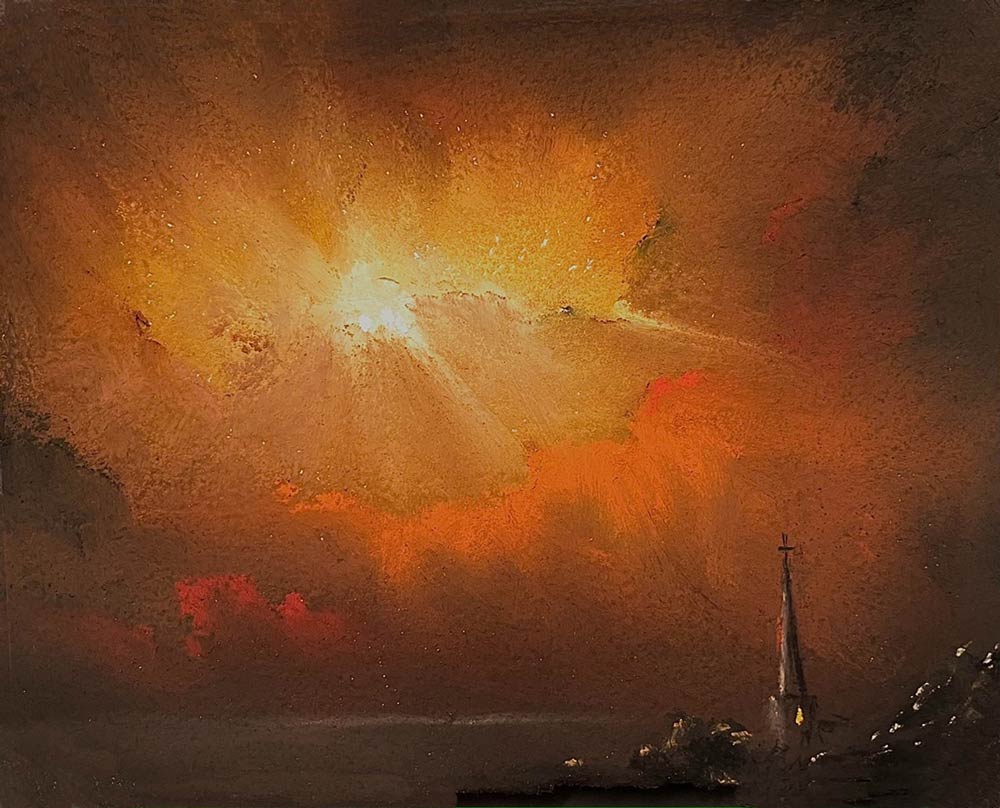
10” x 8”
Unison Colour pastels on Unison handmade paper (Lainey)
This next piece is a comment on the impact of choices and the regret which those choices might cause.
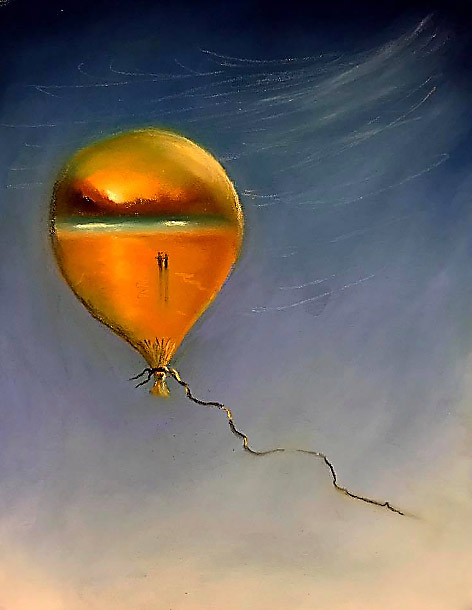
9” x 12”
Unison Colour pastels on pastelmat.
The next piece is a reference to the barbed emptiness and loneliness of infertility and childlessness.
The following piece was donated to a charity helping parents deal with infant mortality
The fishing industry has the one of the highest death rates of any job in the world – there is an expression that says “The price of fish is not measured in pounds and pennies but in the lost lives of fishermen”. The following piece is a reference to that expression.
The next 3 pieces are commission pieces done during and post my 30 year military career – nothing could be more abhorrent than machines designed to kill other humans and particularly those designed to deliver nuclear annihilation.
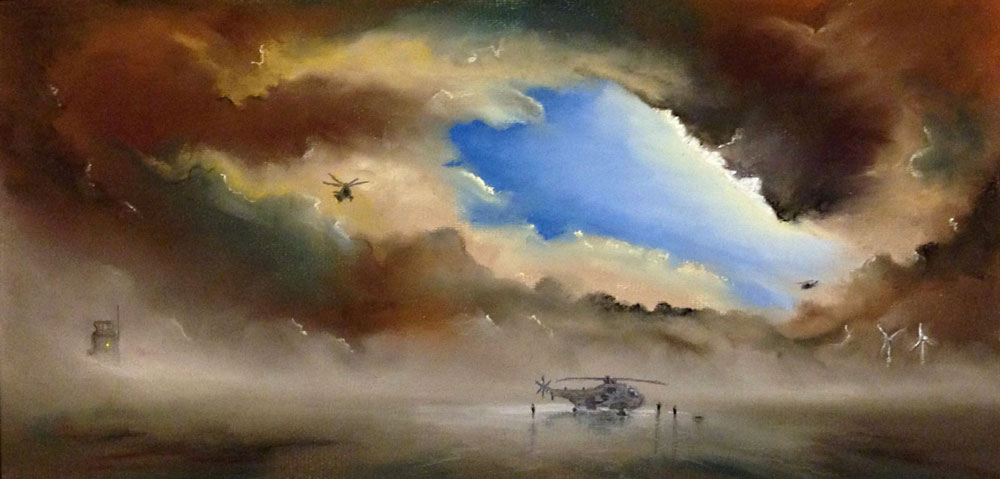
3ft x 18 inches
Unison Colour pastels on Canson mi Teints touch.
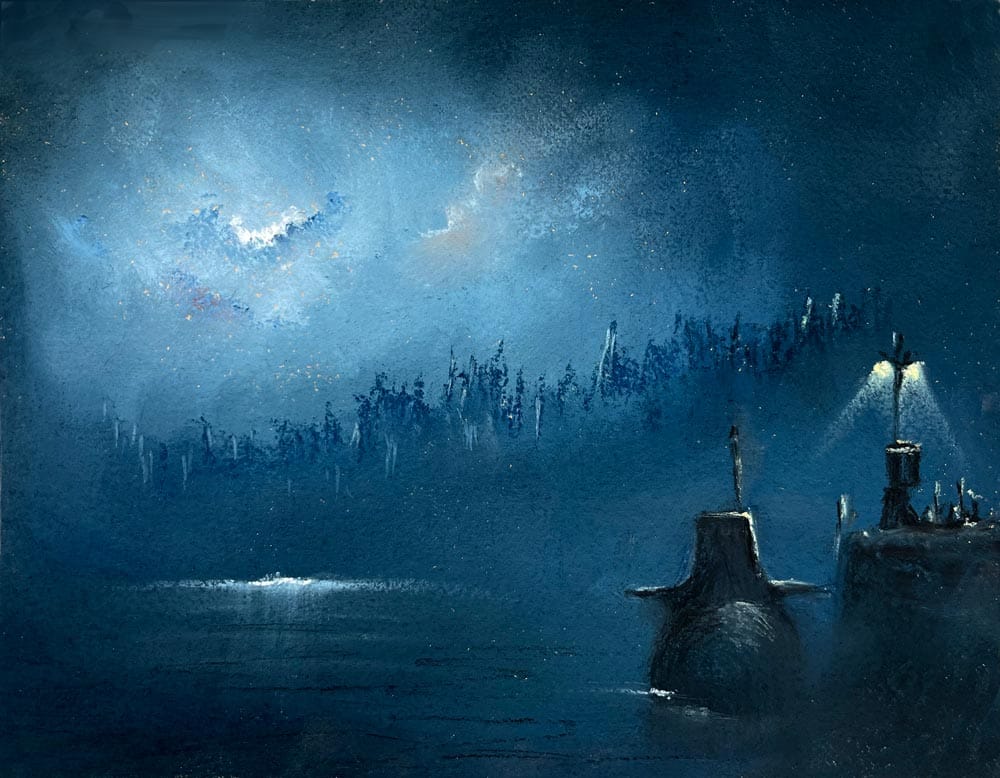
10” x 8”
Unison Colour pastels on unison handmade paper (ryeclose)
The next piece is a comment on the horror of warfare.
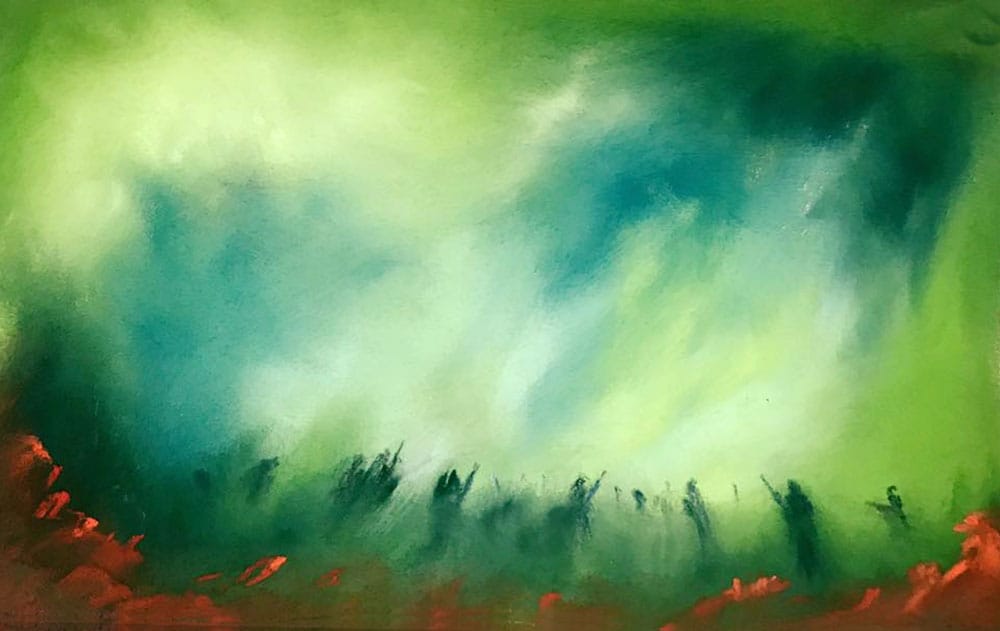
12” x 9”
Unison Colour pastels on pastelmat
This final piece is a reference to impact of social exclusion – in whatever form that may take.
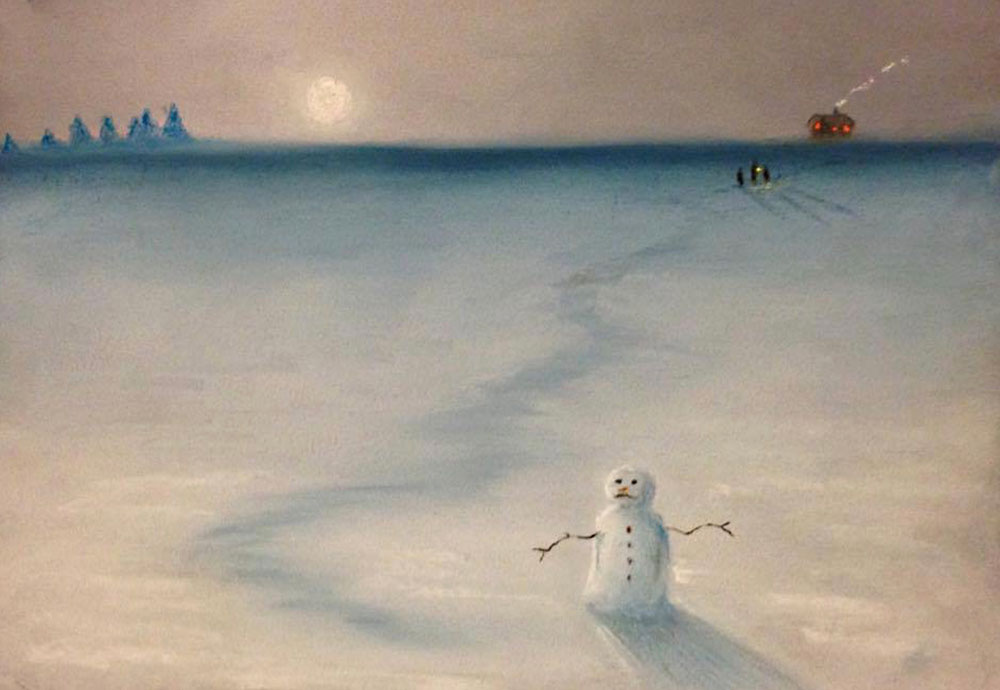
A4
Unison Colour Pastels on Murano pastel paper.
The Cultural Cage
As well a societal cage there is a cultural cage – we tend to paint what we know. If you explore the Facebook art pages that are UK based you will find a lot of animal portraiture, seascapes and also landscapes that have echoes of Victorian nostalgia. If you look at the American centric pages you will find a lot more landscapes with big skies, barns and canyons, which is not surprising as much of mainland America is long way from the sea. Similarly, some Scandanavian pages are much more inclined to the abstract and far Eastern pages tends to have art that uses bold colour. This difference is more than just subject matter – you will find that American based portraiture and landscape work tends to have a particular style. As such, American artists have an opinion as to what “good” is based on the American style and the same is true for European, Asian or African artists and their own local styles. These styles are cages that we often choose to paint within in order to feel accomplished within our own culture.
The cage of peer acceptance
We are social animals and as such have an endemic desire to be considered part of the group. Unless we are some sort of sociopath, we all, at some level, crave the praise and acceptance of our peers and contemporaries. We have all chosen to be part of the “tribe” of artists and will value the opinion of fellow tribe members, particularly those we consider accomplished. Those who use social media will have experienced the affirming joy of a piece that receives lots of “likes” and similarly the undermining self-doubt from a piece that doesn’t receive much attention. Those who enter juried competitions will know the defeat of rejection and the affirmation of acceptance. Some artists I know claim that they don’t care what others think but I suspect that if they look deep enough within themselves, they may find a different truth or that they have reached a level of accomplishment where their tribe acceptance is already a given. Whilst we would all wish to be like Rudyard Kipling and consider both success and failure as imposters to be treated the same, we all are probably confined by the cage of peer acceptance to some degree and will tend to create (and share) that which we suspect will be well received.
The cage we build ourself
There is no cage stronger than the cage we build ourself and this cage has the thickest bars of all. This cage is the sum of all the previous cages I’ve described plus some more I haven’t touched on. As artists, we all – to a greater or lesser degree, also share this cage with the monster, Imposter Syndrome (the feeling that we are not a real or good enough artist).
Every time you catch yourself saying, “I couldn’t, I shouldn’t, I mustn’t, I wouldn’t, I can’t, I’m not able, I’m not good enough…” you are just building your own cage, turning the lock and feeding the monster. The monster and the cage don’t care, they are both happy for you to make your cage so small you can’t breathe and your inner creativity is suffocated.
But it isn’t all bad news. Whilst it is important to realise that you will always paint inside a cage, this isn’t necessarily a bad thing as long as you also remember one thing. This thing is the simple fact that you always hold the key to your own cage (and all the sub-cages) and you are freely allowed to both step outside the bars and indeed to permanently make the cage bigger if you wish and as you grow as an artist.
In reality the cage is just smoke and mirrors of your own creation and with this knowledge, I encourage you to become both a warrior artist and a cage fighter.
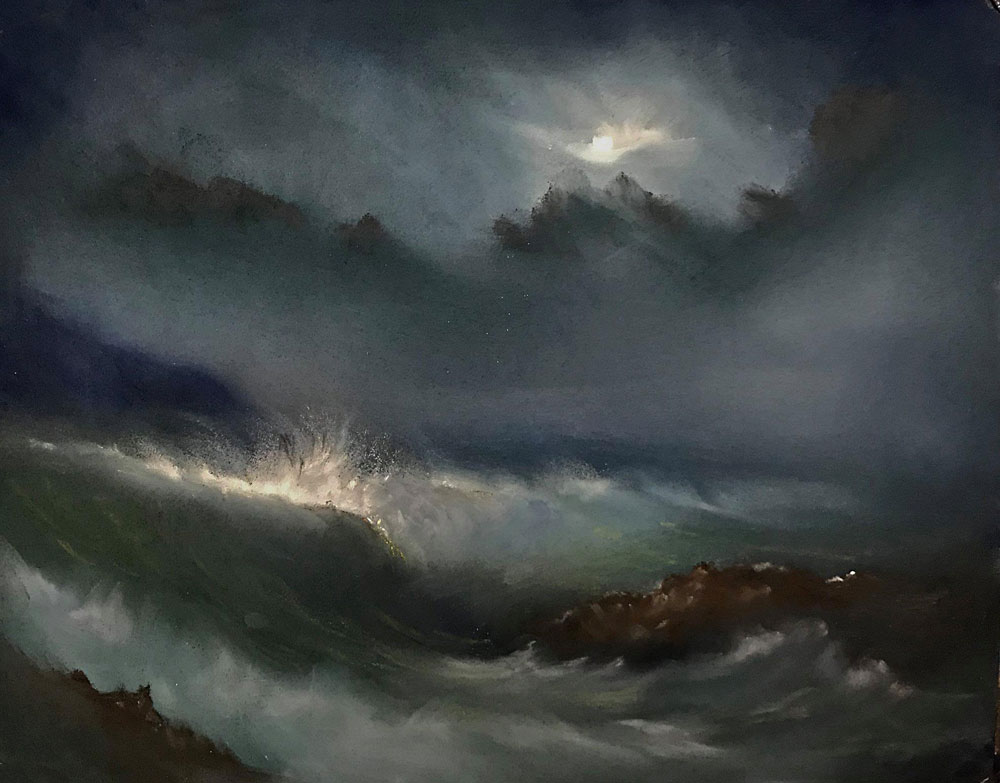
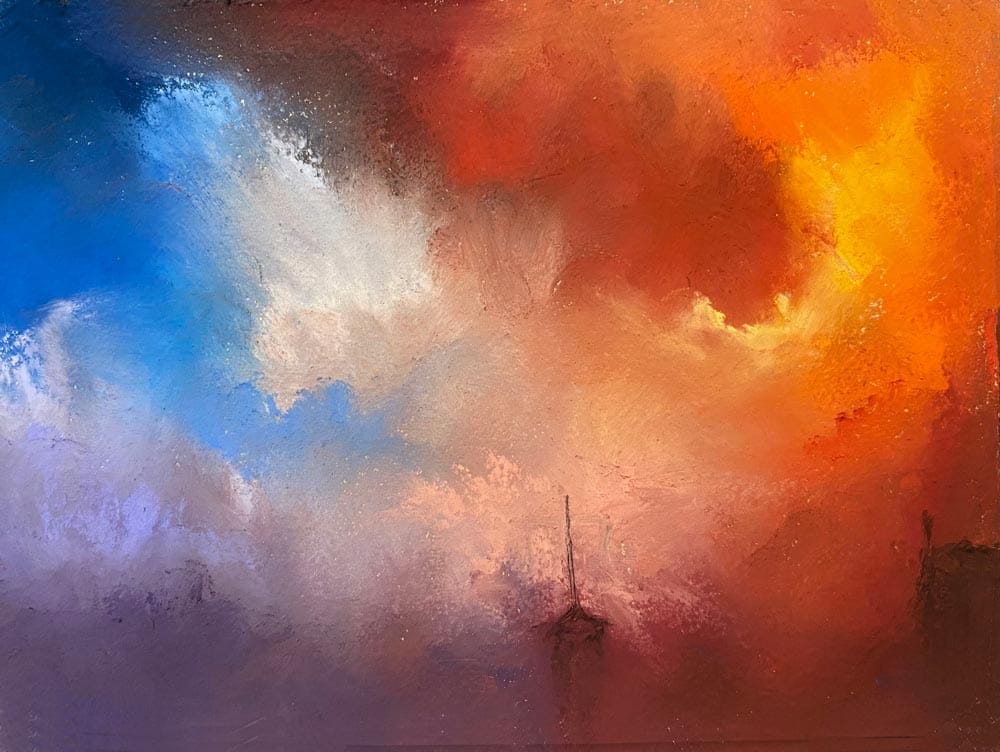
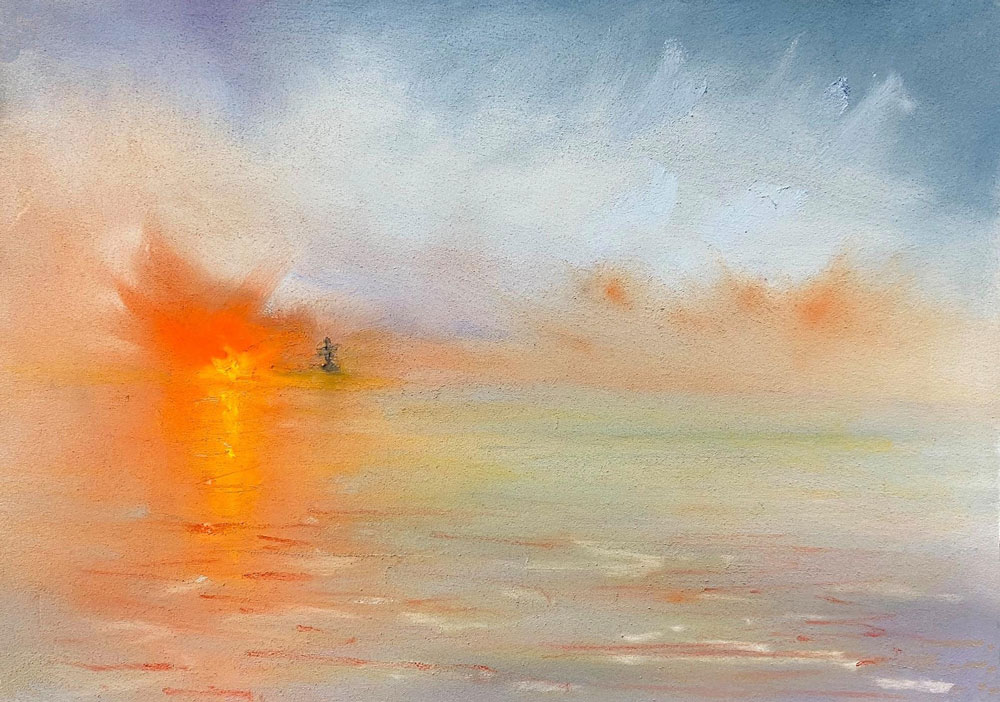
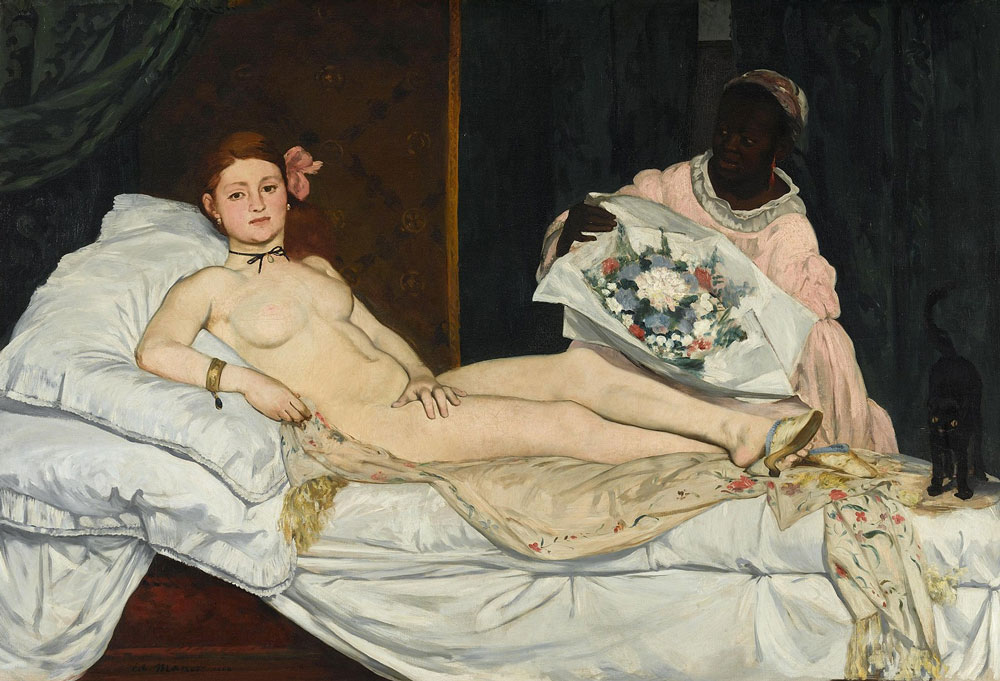
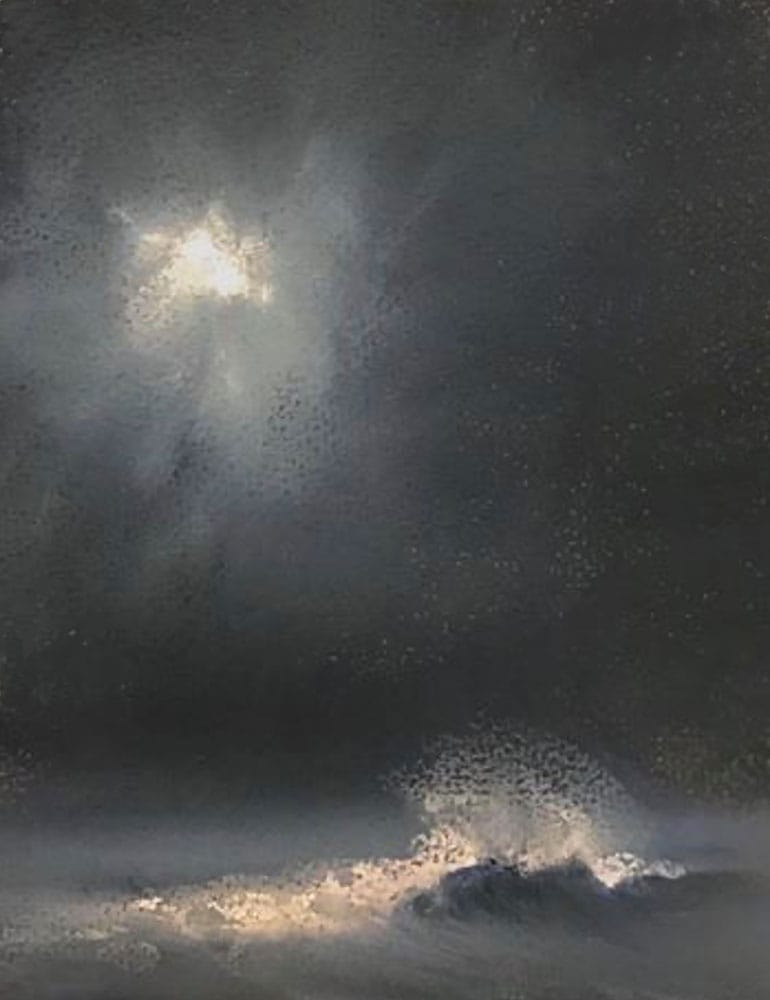
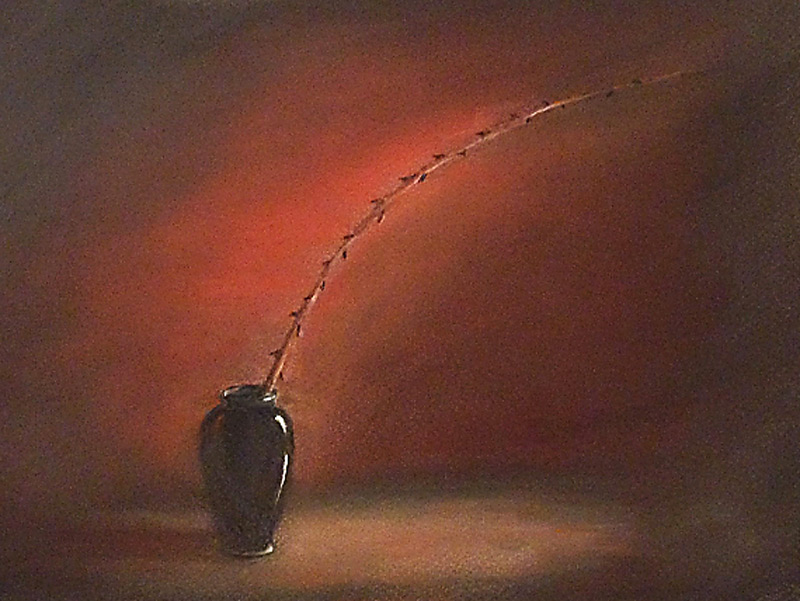
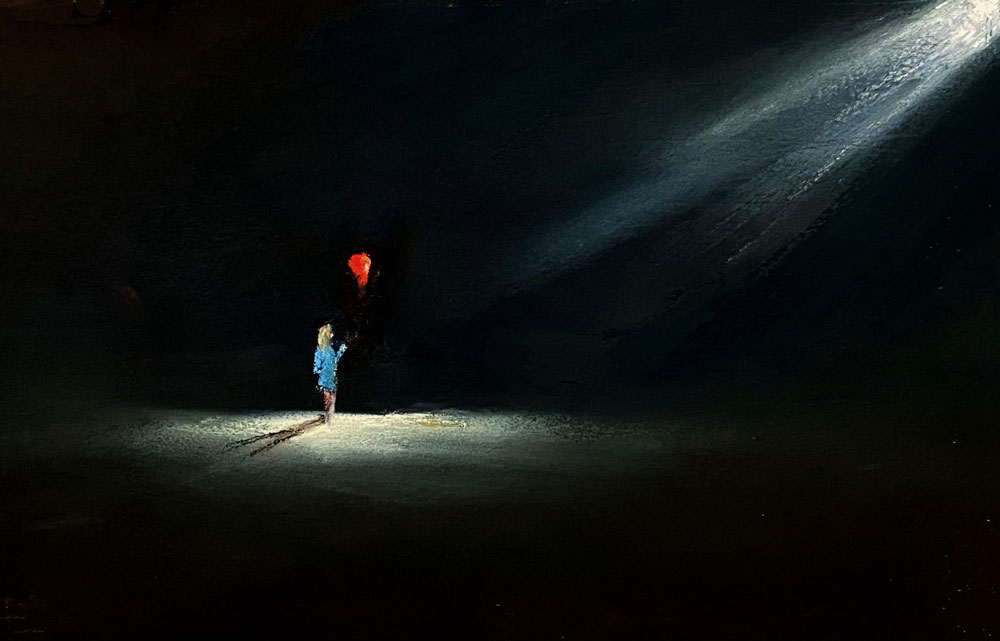
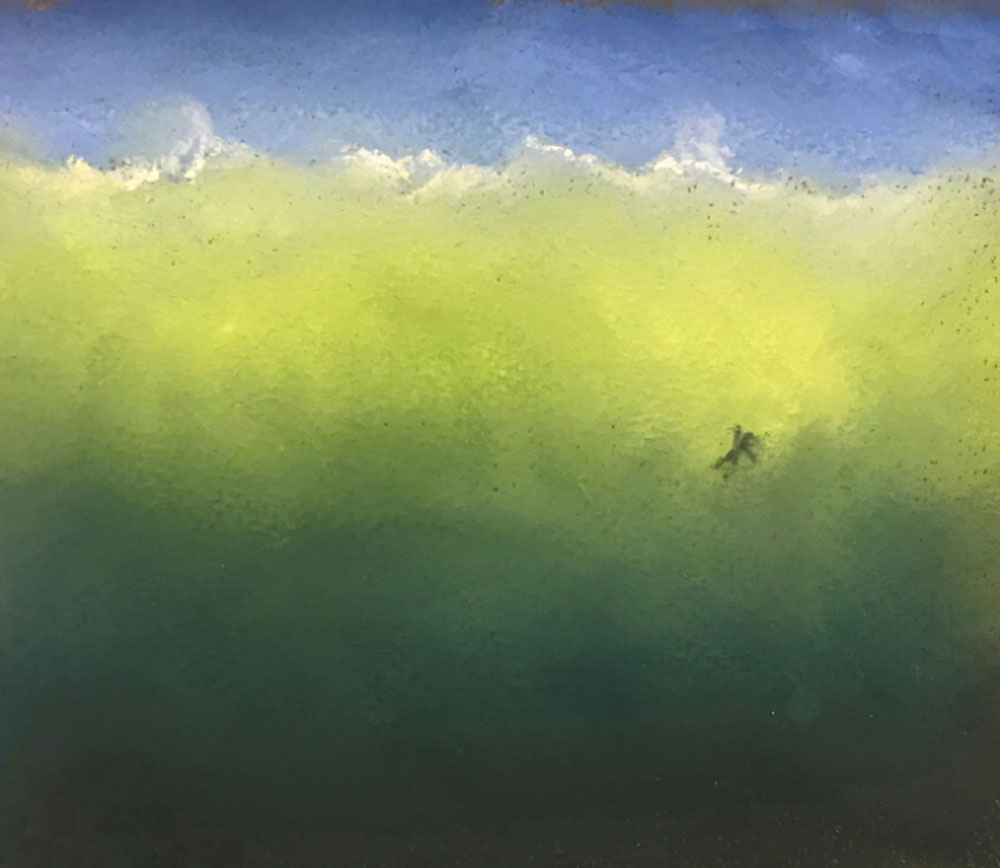
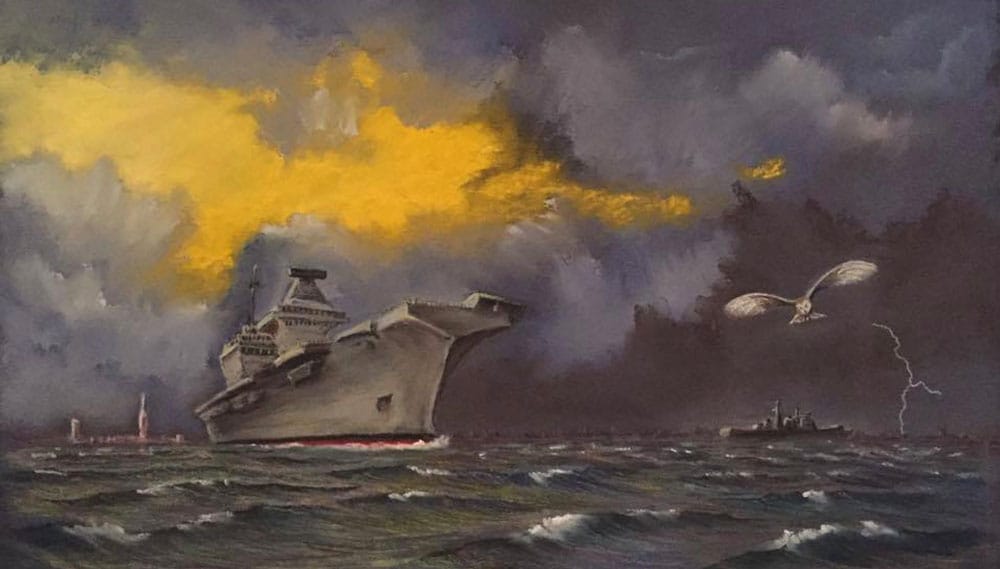
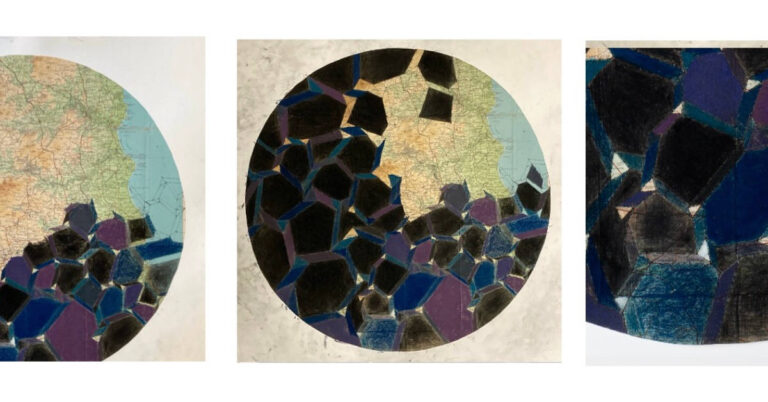
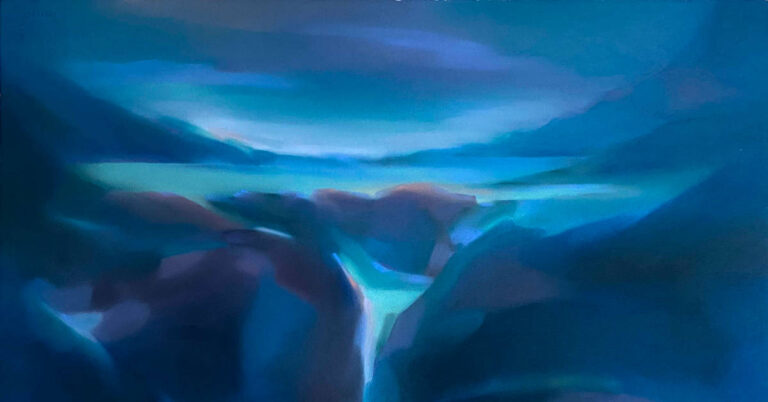
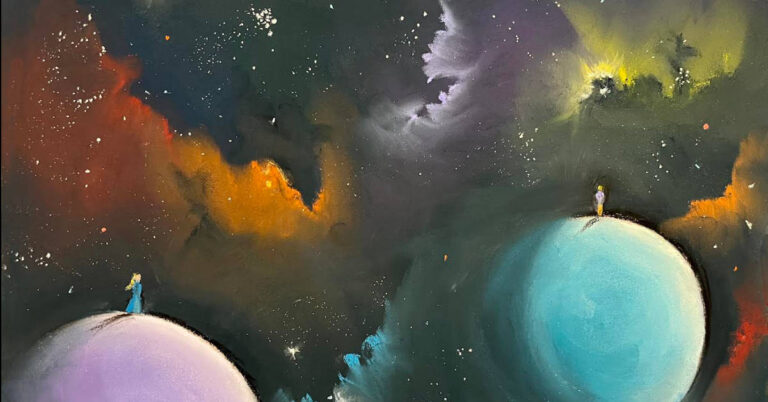
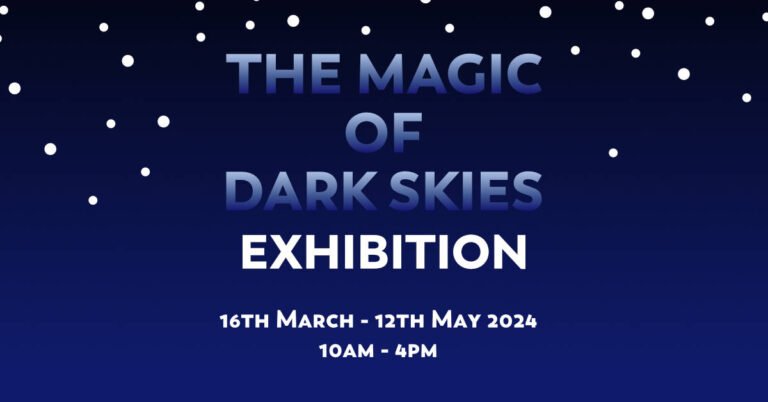
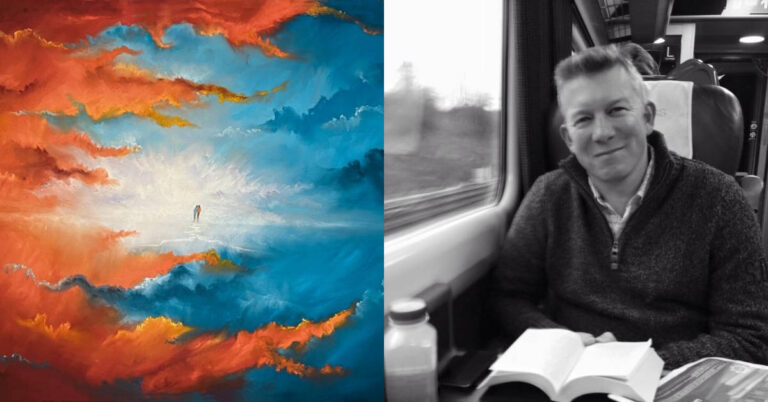
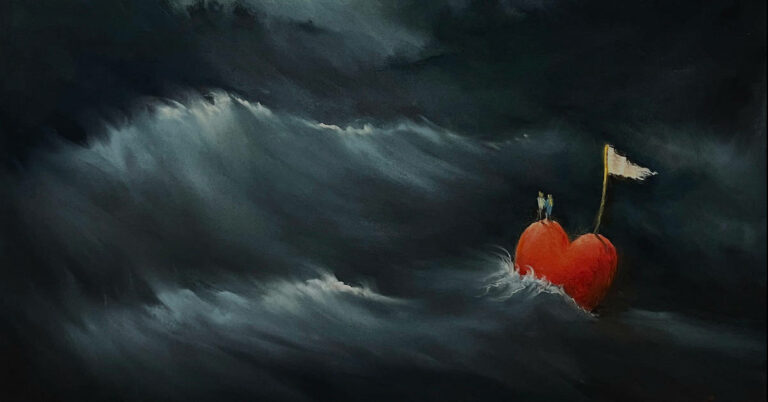
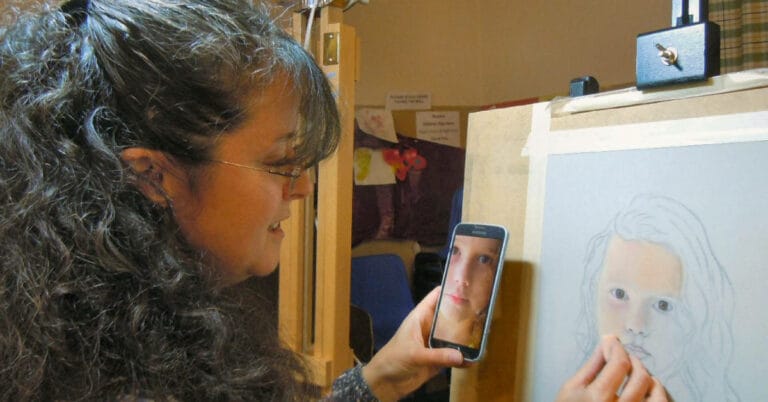
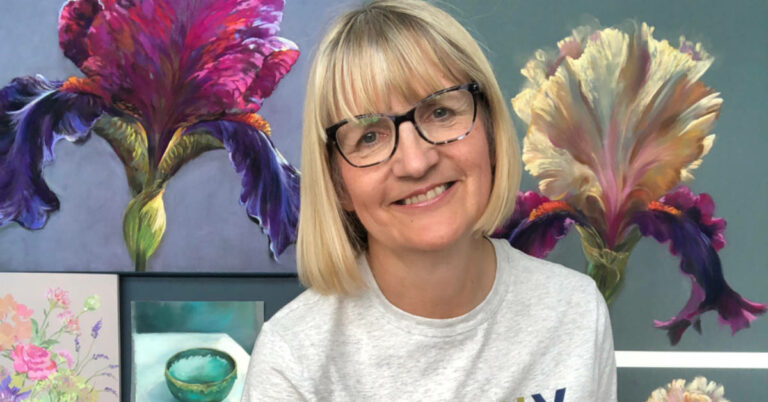
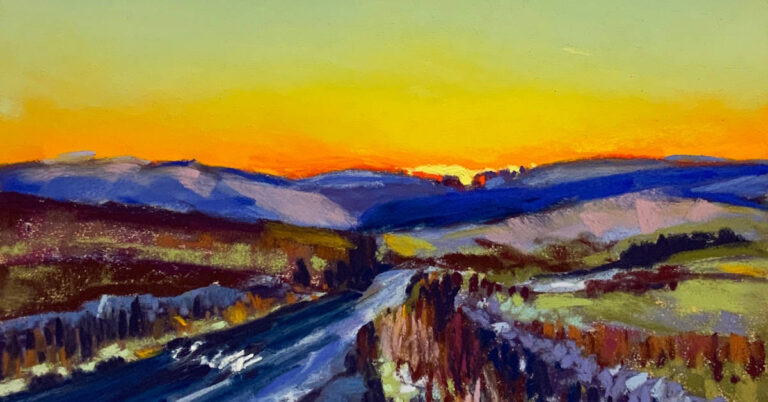

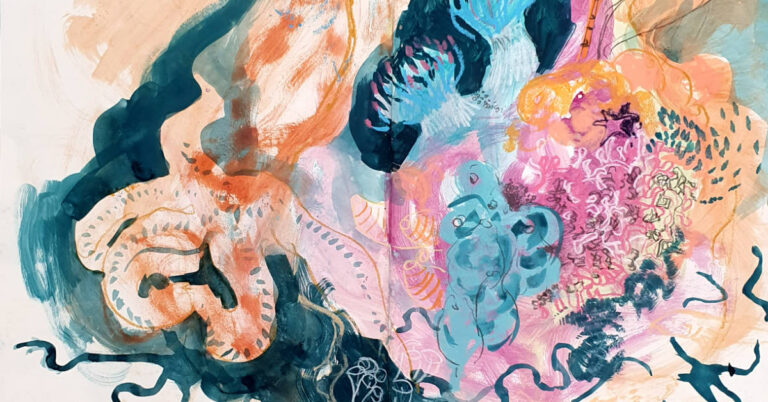
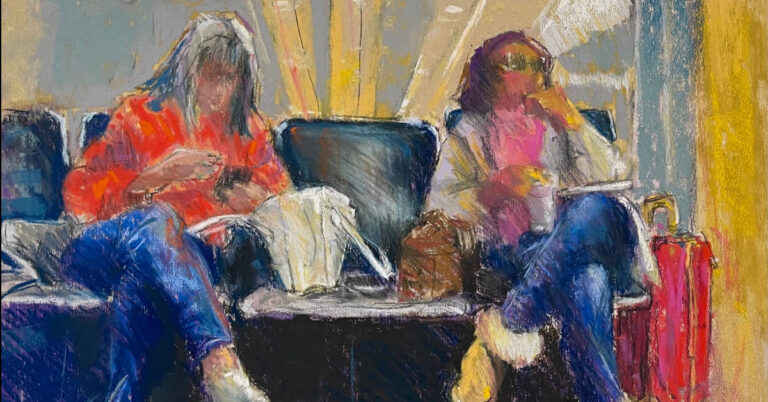
9 Responses
Wow, Stephen. So much here that I hadn’t thought about before. Many thanks for this exploration–it will make a difference for me, I think. –Kay
Siento al ver sus trabajos esa indescriptible soledad de los seres humanos…
Maravilloso logro!
Desde Santiago de Chile ahora con lluvia….
Gracias Ninoscka
Thank you Kay for your kind words.
Thank you Kay for your kind words
This was a fascinating read. I loved the thought provoking descriptions and explanations. The accompanying art was both beautiful and moving. Fabulous blog Stephen. Lucy xx
I’m glad you enjoyed it Lucy
Brilliant Blog Stephen. I’ve recovered from shoulder surgery and need a kick start to get me pastelling again! You have excited me about getting more creative!
Hi Kay – thank you – I hope you are back to full creative speed soon 🙂